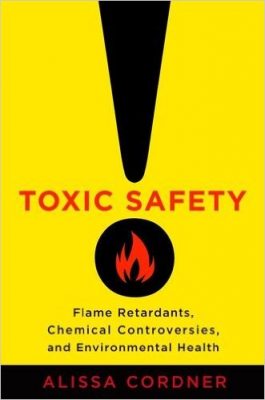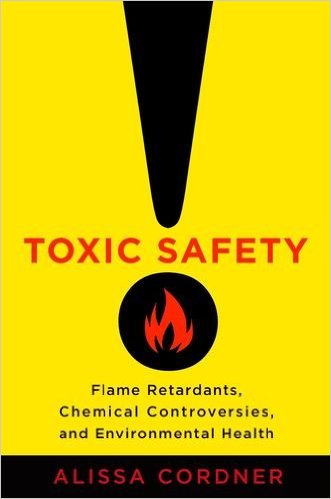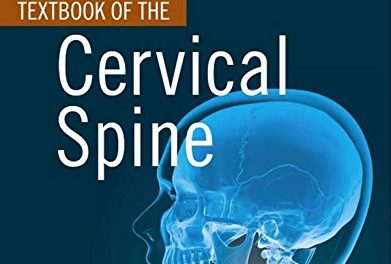 Author: Allison Cordner
Author: Allison Cordner
Publisher: Columbia University Press – 332 pages
Book Review by: Paiso Jamakar
Flame retardants are chemicals applied on clothing apparel, furniture and other items during the manufacturing process to slow fire ignition, and the subsequent spread of flames causing greater loss of lives and property. However the chemicals themselves have been claimed by some groups to be harmful to people’s health in many ways, presenting data they can cause cancers, neurological issues, occupational illnesses, and reproductive problems
Manufacturers (and their representatives) in this multi-billion dollar industry on the one hand, and environmental groups (public-health safety advocates, primarily) on the other, have been fighting each other on this burning issue (pun not intended) for years. Also involved are firefighters, interest groups, legislators, lobbyists, regulators and scientists, and other. This book is about that controversy.
The author Allison Cordner, an environmental sociologist, interviewed more than a hundred people in various fields, and presents the results of her findings from discussions of important points with them, and her research findings in six chapters, namely:
- Uncertain Science and the Fight for Environmental Health
- Hot Topics: Flame Retardants in the Public Sphere
- Defending Risk and Defining Safety
- Strategic Science Translation
- Negotiating Science, Politicizing Science
- Science for Advocacy
Conclusion: The Pursuit of Chemical Justice
This book has an outstandingly solid foundation. Cordner presents nearly a hundred pages of documentation – for the positions she takes in this book and the conclusions she presents – at the end of her book in the Appendix, Notes, and References sections.
People, at least in developed countries, are moving rapidly towards evidence-based living, and understand that data based on scientific research is critical to establish support for their decisions on one side or another. But how the findings are analyzed and interpreted is also important, as they could be slanted or twisted to favor each opposing side. So when making decisions it is important to look at the raw data from the primary source, know who is presenting the data, and how they have been interpreted.
One of the most interesting and important sections of this book is the Conclusion. Cordner starts out this section by relating about a meeting she had with James, an engineer who worked in the Office of Pollution Prevention and Toxics, a part of the Environmental Protection Agency. She states that the phrase “sound science” had been written on his dry erase board, but “sound” was crossed out and replaced with “best available.”
She writes that James told her that “sound science” is “code language for doing science ad nauseam. It is like risk assessment, he explained: you just keep doing research, rather than acting on early information about risk and danger. Instead, he wanted to rely on the best available science in his work for the EPA.”
So while continuing to research on the adverse consequences of chemicals used in flame retardants (or whatever other consumer products) is important, it is not an excuse to use “lack of complete findings” as the basis for just doing nothing to protect the health of the public. When there is already sufficient evidence that the chemicals used in flame retardants are harmful, their use should be stopped by individuals and government agencies should ban them.
Cordner ends her Conclusion section with a balanced statement: “The long-term risks from ubiquitous exposure are largely unknown, but toxicology and epidemiology research increasingly shows connections with various biomarkers, conditions, and diseases.”
This book presents views of many sides and people on the issue of the toxicity of chemicals used in flame retardants, and it reflects the fact that a lot of work of information-gathering has preceded the writing of this valuable and important book. We wish all writers were so thorough!
Author:
Allison Cordner is assistant professor of sociology at Whitman College and coauthor (with Gianpaolo Baiocchi, Elizabeth A. Bennett, Peter Klein, and Stephanie Savell) of The Civic Imagination: Making a Difference in American Political Life (2014).






